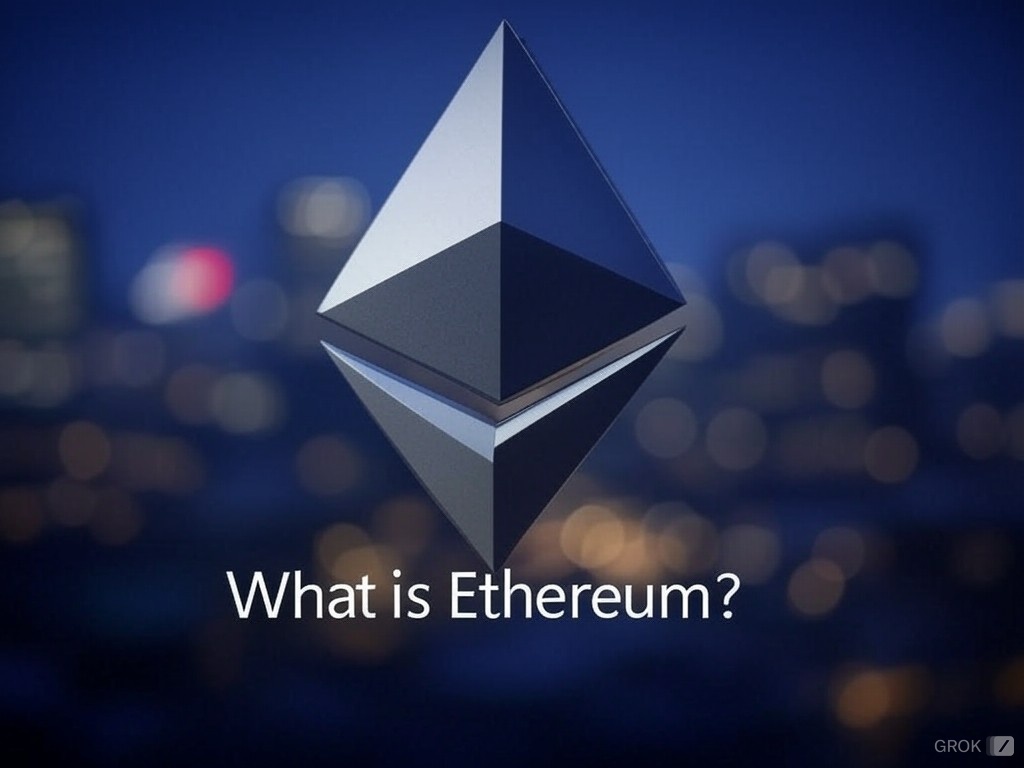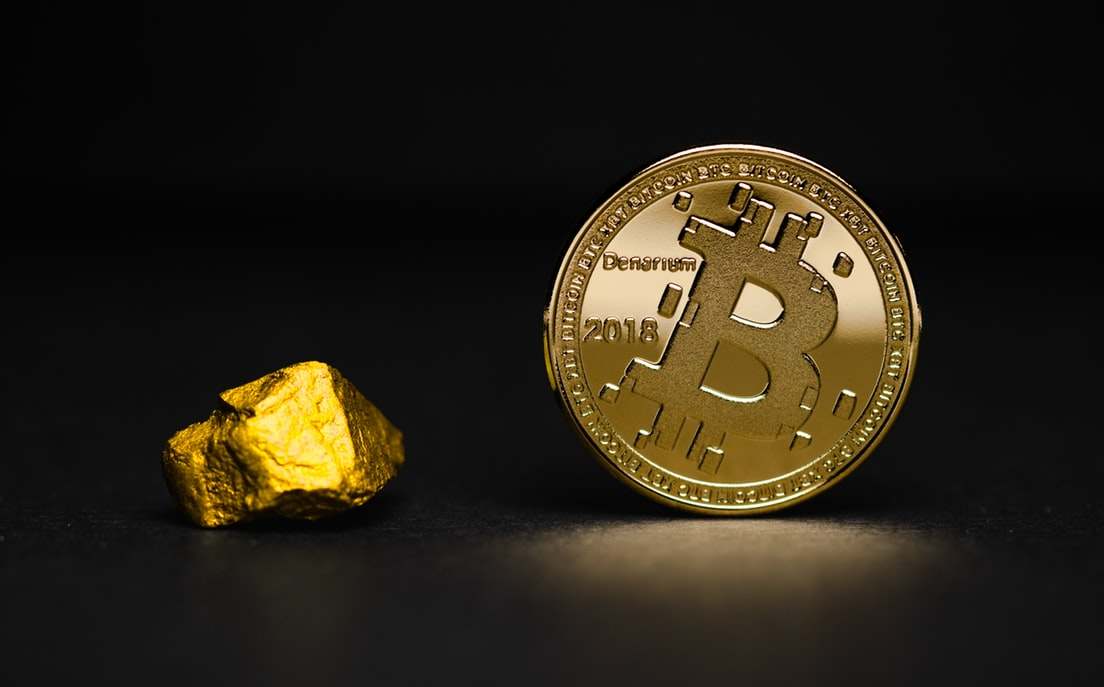

In 2024, gold-backed exchange-traded funds (ETFs) saw outflows for the fourth consecutive year, despite gold prices reaching new heights and the Federal Reserve beginning to ease monetary policy. This contrasts with the rise of Bitcoin ETFs, which, although introduced less than a year ago, have taken the lead in the ETF market.
Donald Trump’s victory in the November presidential election strengthened the US dollar, resulting in a sell-off of gold ETFs and a shift of funds to stocks and cryptocurrency. Bitcoin ETFs, which were launched on January 10, 2024, amassed an impressive $35.24 billion in inflows. BlackRock’s IBIT BTC ETF attracted $37.24 billion within that, offsetting Grayscale’s GBTC outflow of $21.49 billion.
Despite the challenges for gold ETFs, demand for physical gold remained strong. Geopolitical tensions, such as those in Ukraine and the Middle East, have prompted central banks in emerging markets and Asian investors to view gold as a safe haven and means of diversification. However, this has had little impact on renewed interest in gold ETFs.
The discrepancy between the performance of gold and Bitcoin ETFs in 2024 reflects a broader trend in the investment community, with a shift towards digital assets. Bitcoin ETFs have demonstrated a growing interest in cryptocurrencies as a new form of investment, even as gold retains its status as a safe haven in the physical markets.
These trends suggest that investor preferences will continue to evolve, with a possible continuation of the shift from traditional gold investments to more innovative and digital investment options such as Bitcoin ETFs. This reflects a broader acceptance of cryptocurrencies in institutional portfolios and a changing investment philosophy that values innovation over tradition.